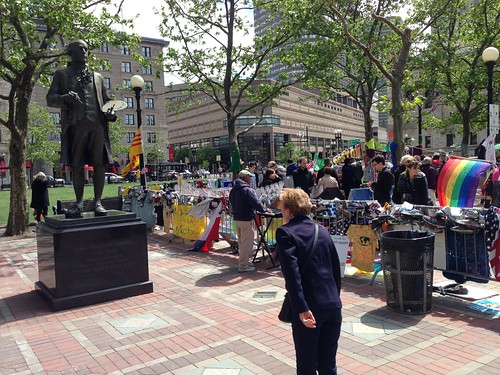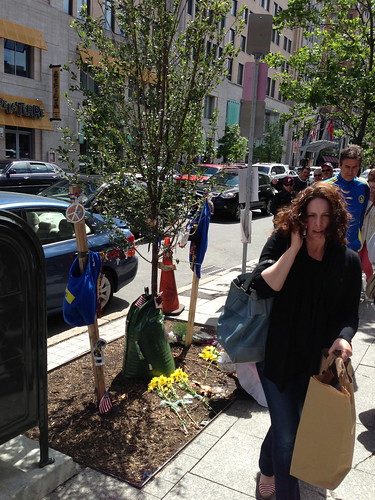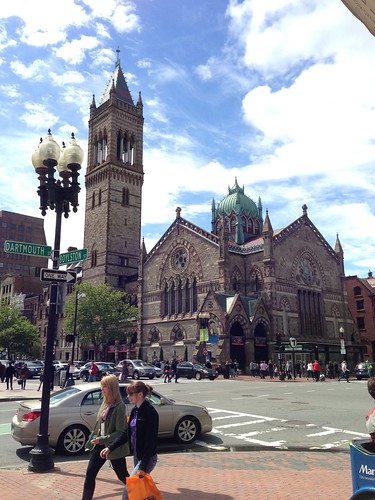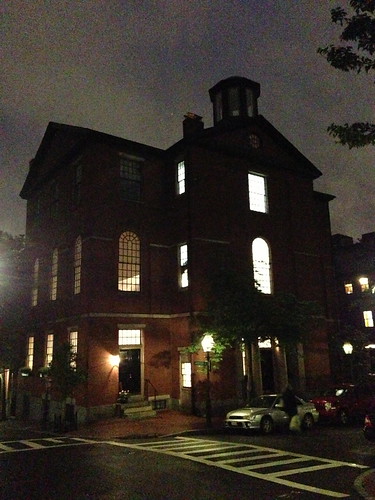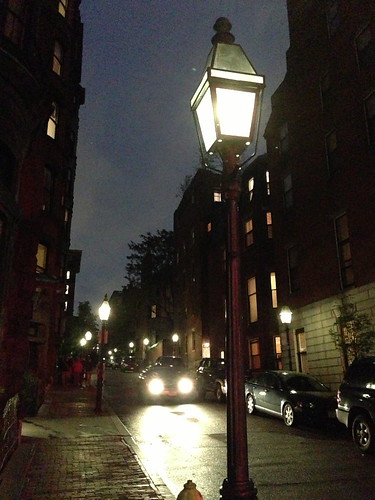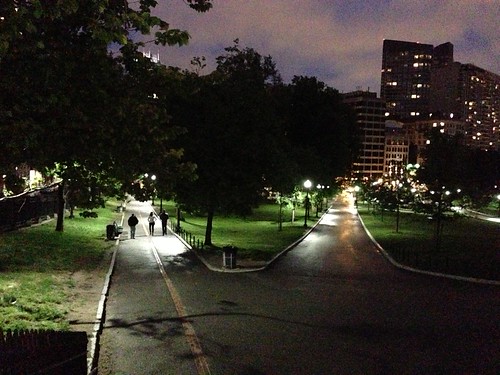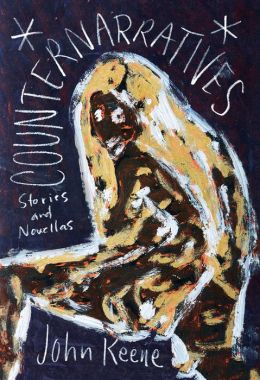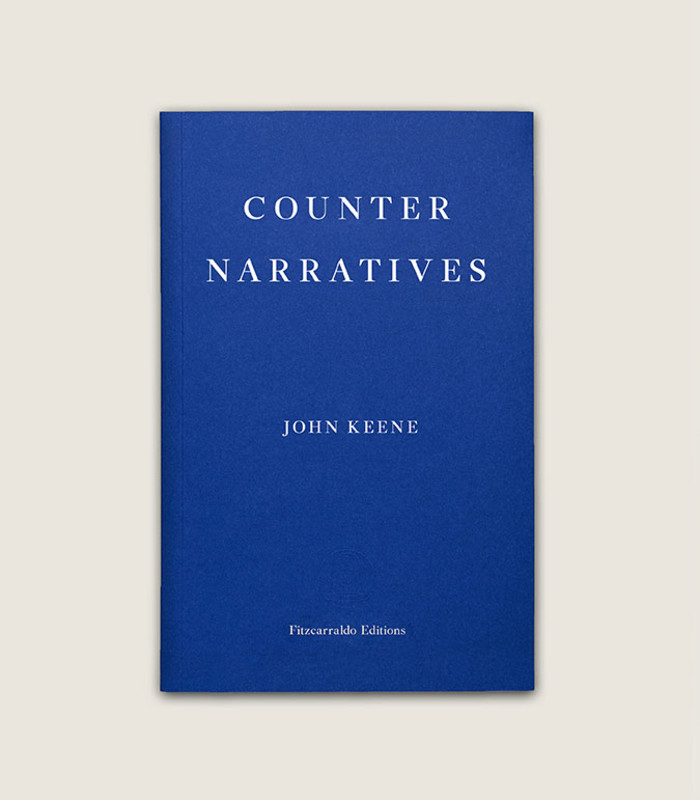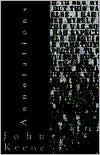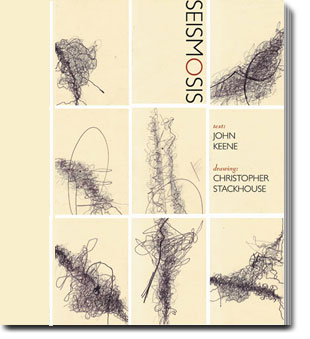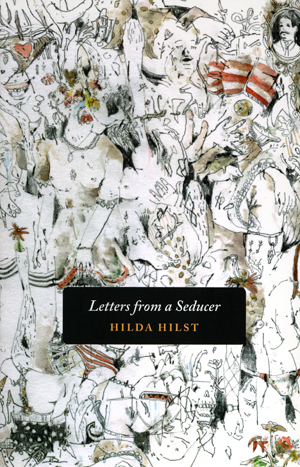 |
| National Memorial for Peace and Justice |
Despite the fact that the US has a well documented history of nearly two and a half centuries of legalized enslavement (1640-1865/66), enshrined in the US Constitution; nearly another century of legalized apartheid known as Jim Crow (1876-1960-1980s?) and multiple de facto forms of explicitly racialized and class segregation (continuing today); and centuries of racist terror and enforced white supremacist terror, policing, brutality, and violence against peoples of African descent (as well as Native Americans and other non-white peoples), there have been relatively few national or regional museums or monuments recognizing this terrible history.
 |
| The aftermath of a lynching |
 |
| A sculpture commemorating the brutal history of chattel slavery |
The Legacy Museum: From Enslavement to Mass Incarceration is situated on a site in Montgomery where enslaved people were once warehoused. A block from one of the most prominent slave auction spaces in America, the Legacy Museum is steps away from an Alabama dock and rail station where tens of thousands of black people were trafficked during the 19th century....
The 11,000-square-foot museum is built on the site of a former warehouse where enslaved black people were imprisoned, and is located midway between an historic slave market and the main river dock and train station where tens of thousands of enslaved people were trafficked during the height of the domestic slave trade. Montgomery's proximity to the fertile Black Belt region, where slave-owners amassed large enslaved populations to work the rich soil, elevated Montgomery's prominence in domestic trafficking, and by 1860, Montgomery was the capital of the domestic slave trade in Alabama, one of the two largest slave-owning states in America.
and
The National Memorial for Peace and Justice, which opened to the public on April 26, 2018, is the nation’s first memorial dedicated to the legacy of enslaved black people, people terrorized by lynching, African Americans humiliated by racial segregation and Jim Crow, and people of color burdened with contemporary presumptions of guilt and police violence.
Work on the memorial began in 2010 when EJI staff began investigating thousands of racial terror lynchings in the American South, many of which had never been documented. EJI was interested not only in lynching incidents, but in understanding the terror and trauma this sanctioned violence against the black community created. Six million black people fled the South as refugees and exiles as a result of these "racial terror lynchings."
This research ultimately produced Lynching in America: Confronting the Legacy of Racial Terror in 2015 which documented thousands of racial terror lynchings in twelve states. Since the report’s release, EJI has supplemented its original research by documenting racial terror lynchings in states outside the Deep South. EJI staff have also embarked on a project to memorialize this history by visiting hundreds of lynching sites, collecting soil, and erecting public markers, in an effort to reshape the cultural landscape with monuments and memorials that more truthfully and accurately reflect our history.
 |
| African Americans re-enslaved through convict leasing |
 |
| Newly freed African Americans in the post-Civil War era |
Stevenson and a group of fellow lawyers spent years delving into this history, combing through archives to notate names and stories of lynchings across the South, and documented roughly 4,400 across the South (though there were lynchings all over the US, including in the North and West), from 1877 to 1950, which are featured at the Memorial site. As a result, the National Memorial for Peace and Justice redresses this long silencing and invisibility; its architecturally striking building housing the tribute to those who were lynched and the site on which it sits have drawn considerable praise. The latter venue was inspired by the unforgettably powerful Holocaust Memorial in Berlin, and by the Apartheid Museum in Johannesburg. To quote The New York Times's Campbell Robertson
At the center is a grim cloister, a walkway with 800 weathered steel columns, all hanging from a roof. Etched on each column is the name of an American county and the people who were lynched there, most listed by name, many simply as “unknown.” The columns meet you first at eye level, like the headstones that lynching victims were rarely given. But as you walk, the floor steadily descends; by the end, the columns are all dangling above, leaving you in the position of the callous spectators in old photographs of public lynchings.At the second site, the Legacy Museum makes the connection between the slavery and apartheid past and the present prison system, showing how the past evolved into a system that continues to wreak havoc on countless Black and brown lives. As the Times article notes, the Museum guides the visitor through the compelling argument that Stevenson have made for how this system is still operating, ending on the hopeful note encouraging voter registration and political activism. Like the NMAAHC, where I witnessed groups of students eagerly queuing up to visit, the Legacy Museum and National Memorial for Peace and Justice should be obligatory sites for American school children to spend time and study. Given the current state of our politics and society, the US can only benefit as a result.
The magnitude of the killing is harrowing, all the more so when paired with the circumstances of individual lynchings, some described in brief summaries along the walk: Parks Banks, lynched in Mississippi in 1922 for carrying a photograph of a white woman; Caleb Gadly, hanged in Kentucky in 1894 for “walking behind the wife of his white employer”; Mary Turner, who after denouncing her husband’s lynching by a rampaging white mob, was hung upside down, burned and then sliced open so that her unborn child fell to the ground.
The Guardian interviews museum founder Bryan Stevenson:







